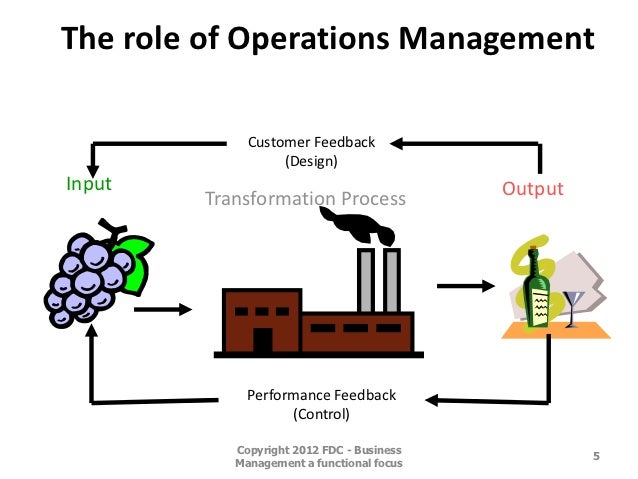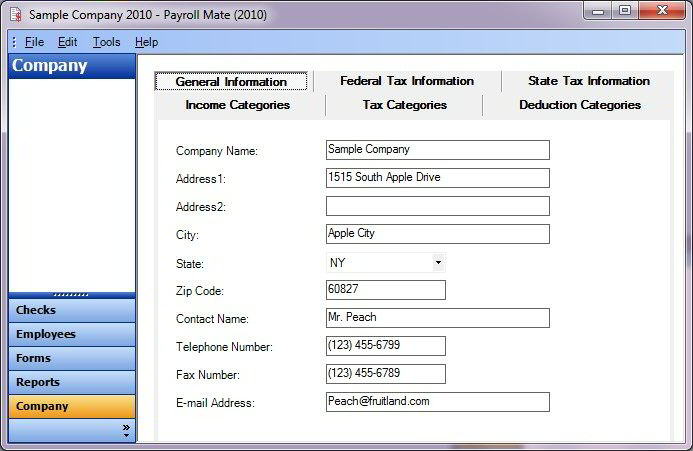PeopleSoft Human Capital Management PeopleTools - Tools and Technology PeopleSoft Financial Management PeopleSoft Supply Chain Management Higher Education (Campus Solutions) Siebel. CRM Applications Foundations, Installation and Management Oracle Customer Hub. User Productivity Kit (UPK). PeopleSoft Query Preface This book discusses PeopleSoft Query, a tool that you use to retrieve selected data from the database. PeopleSoft Query PeopleSoft Query is an end user reporting tool. This book explains the basic concepts of selecting data, designing simple and complex queries, and sending query results to other reporting tools.
Enterprise Resource Planning, or ERP, promises to make your business more efficient and profitable. It has delivered on that promise for thousands of businesses of various sizes. It can make your business run more smoothly, cut costs, deliver superior customer service and give your managers better insight into what is going on in the business.
ERP is also expensive, time consuming to do correctly, will significantly change your business processes, and require a significant effort to get up and running. It can also fail, possibly leaving you worse off than before.
Still, the rewards for a successful ERP installation are so great that hundreds of companies are implementing ERP every month.
Obviously, you should think long and hard about ERP before implementing it. This includes doing research beforehand to find out how ERP will fit into your business.
To successfully implement ERP, you will need several things. This includes a clear vision on where ERP will fit in your business, a willingness to change your business process from one end to the other, enough resources to see you through the process, and (usually) expert help. That last one is important. Companies have done ERP without outside assistance, but that's usually not the way to bet.

The vision thing (to quote a certain ex-president) is probably the most important thing. This involves a careful survey of the business to find the pain points – the places where things aren't working well. It could be anything from stagnant or declining sales, inability to meet promised delivery dates, infighting between sales and marketing, etc. Once you've listed out your pain points, you need to ask yourself what goals you want to meet to make your business perform better.
The goals need to be specific, measurable and actionable. They can't be vague or cloudy. “Improve customer service” is not a good goal. “Answer customer phone calls in three rings” is specific, measurable, and your people can act on it.
Once you've identified your pain points and goals, it's time to assemble your team. These should be managers and executives drawn from the major areas that will be affected by the effort (read: most of them).
This team will meet regularly to monitor and assess progress on the ERP team. You will also need an implementation team which will be drawn primarily from IT, but with a leavening of managers from the line departments most affected. These will be the people who will be doing the grunt work on the project.
For Dummies Download
At this stage, you should consider outside help. This can be a consultant thoroughly familiar with ERP implementations or another expert. You can put this step off until you've selected the software and get a consultant who is thoroughly familiar with the particular package you chose.

The next step is to draw up a 'Request For Proposal' specifying what you expect your ERP system to do and submit it to vendors that you think will meet your needs.
In general, modern ERP packages divide into on premise software and Software as a Service (SAAS) usually delivered from the cloud. There are good choices to be had in both groups, but there are differences in cost, typically time to implement and other features. You'll have to do your research.
A more important consideration is the fit of the software vendor for your business. ERP packages come in all sizes, from giants that can run a fortune 100 company, to packages designed for small to medium sized businesses.
Once you've got your software (or even before), it's time to map out allof your business processes. Each process map should reflect how the process is supposed to operate, who (in terms of titles, not names) does what, and (most importantly) what happens when the process can't proceed normally.
Generally, it will take one sheet of paper to map out a flow chart of each process and you're going to use up a lot of paper.
Once you've mapped out your processes as they are, consider how you can improve them. Can you eliminate or combine steps? Can you shift roles to make the process more efficient? This part of the implementation cycle requires careful planning and lots of input from your teams.
Peoplesoft For Dummies Free Download For Pc

Free Dummies Download
Click here for “ERP for Dummies: A Layman’s Guide, Part II”